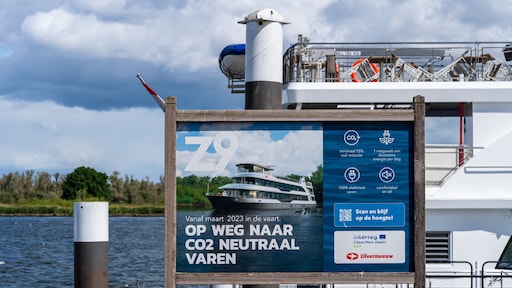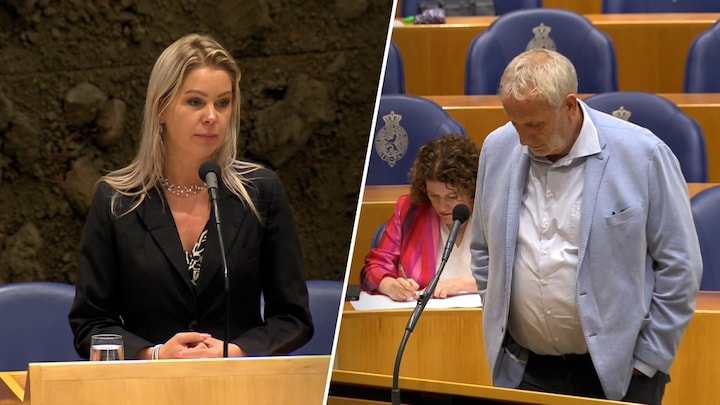Three years left to stay below 1.5 degrees of warming


There are still three years left of the so-called 'carbon budget' to stay below 1.5 degrees of warming. With current emissions, this will be exceeded by the end of 2027. This is evident from calculations by an international research team, which were published today in Earth System Science Data.
The sea level also appears to be rising faster and faster. In recent years it has even doubled compared to the average speed in the previous century.
From the Netherlands, Aimee Slangen, sea level expert from the NIOZ (Netherlands Institute for Sea Research), contributed to the calculations for the study.
"We knew that acceleration was coming, and now we see it happening. We can clearly see with satellites that the sea level is rising faster and faster," says Slangen. The new data are in the latest edition of 'Indicators of Global Climate Change' (IGCC), which aims to show annually how the climate on earth is changing.
SpeedThis IGCC tries to fill the gap between the reports of the UN climate panel IPCC, which only appear once every seven to eight years. It is no coincidence that interim global climate negotiations are also taking place in Bonn at this time.
“The speed and scale of climate change the world is now experiencing underscores the need for urgent climate action in this crucial decade,” the IGCC said, saying decisions by companies and politicians must be based on “reliable and timely information”.
Information gapBut when it comes to key information from the UN reports, “there is an information gap from one IPCC assessment cycle to the next.” The researchers do follow the same methods as the IPCC as much as possible. And they make their work transparent with an online dashboard .
2024 was the first year that the average global temperature exceeded 1.5 degrees. The heat record from 2023 was broken again. The main cause is the combustion of fossil fuels: oil, coal and gas.
In the Paris climate agreement, almost 200 countries agreed that warming should be limited to 'well below 2 degrees', and preferably 1.5 degrees. Although the average was already above 1.5 degrees last year, this does not mean that the lower limit of 'Paris' has been exceeded. For that to happen, it has to be this warm for a longer period of time.
This will not be the case in 2027 either; due to various uncertainties and inertia in the climate system, this will probably be several years later.
As a result of global warming, more and more extreme weather events are occurring. Severe storms, floods, heat waves, droughts and forest fires are being observed worldwide.
The researchers also calculated that at current emissions levels it will take a maximum of 9 years before the 1.6 or 1.7 degrees of warming compared to the pre-industrial era (1850-1900) is exceeded.
Difference 1.5 and 2 degreesPrevious scientific research has shown that the differences between 1.5 and 2 degrees of global warming are large. For example, at two degrees, coral will disappear worldwide, the large ice caps on Greenland and Antarctica could melt irreversibly, resulting in even more sea level rise, and weather extremes will increase even more dramatically.
In this video we explain why a few degrees make such a big difference:
That is why it remains important to stay as close to that 1.5 degrees as possible, Slangen emphasizes. "Every tenth of a degree above that makes a difference. So every tenth of a degree that we can prevent extra, we really have to prevent."
If the 1.5 degree limit is exceeded, the temperature can only be reduced by removing CO2 from the air. There is broad agreement among climate scientists about the necessity of this CO2 removal, but policy for this is still largely lacking.
Future generationsLast year, the Scientific Climate Council (WKR) therefore advocated that the Netherlands should take rapid steps in this regard, otherwise the bill risks being passed on to future generations.
You have not accepted all cookies. To view this content you need to adjust the settings.
RTL Nieuws







